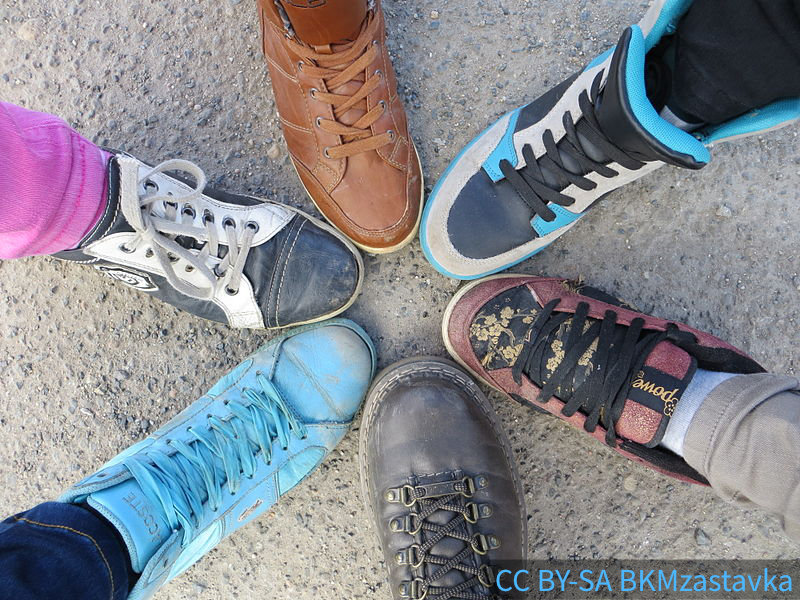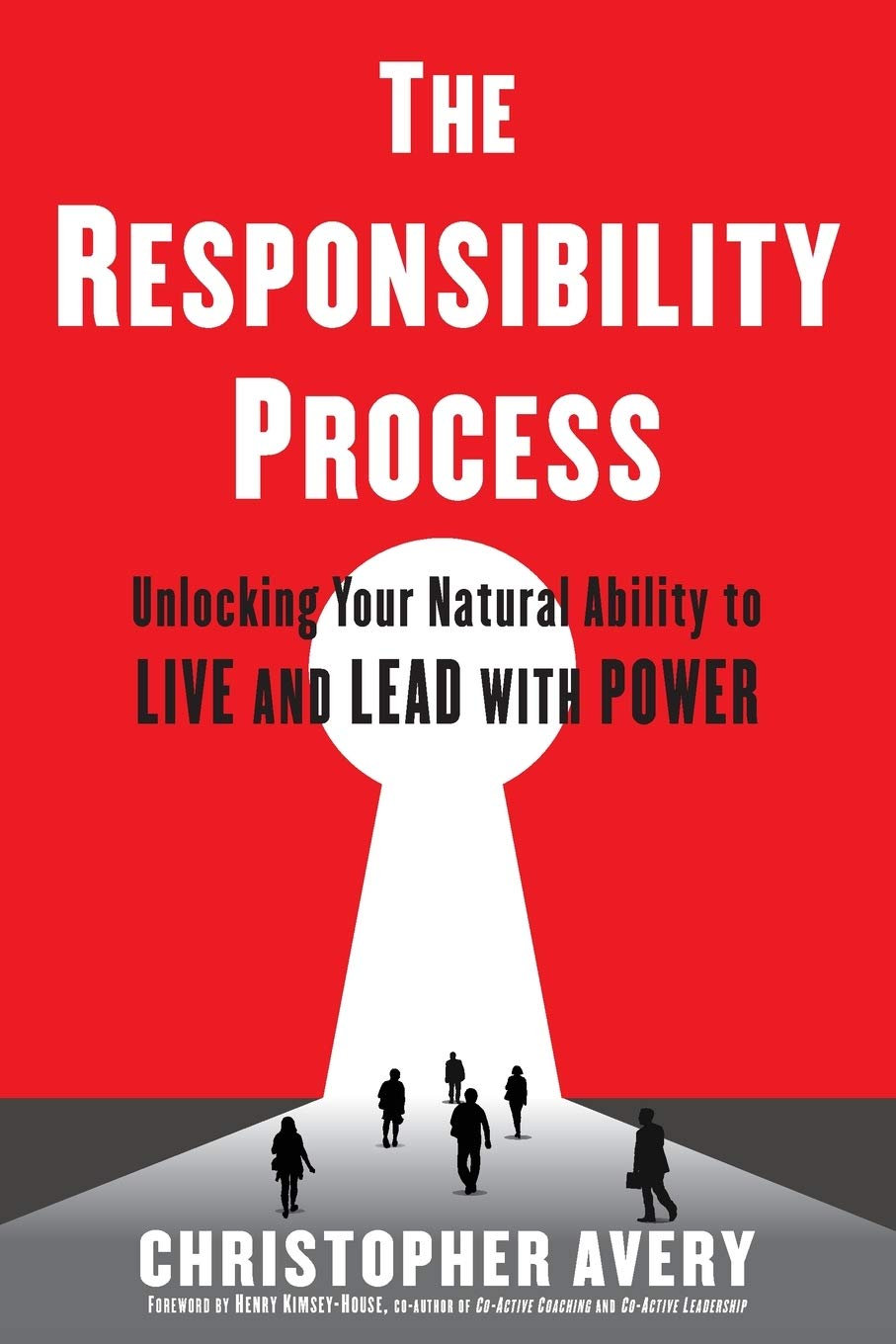Are you ready for DevOps? Take the shoelace challenge, and find about your capabilities to
- observe and measure,
- try out new things, and
- change your own way of working!
Habits first, tools second
When I hear people talking about DevOps, there are at different points of view. For some of them, DevOps is about culture and habits. For others, it is about tools, and how new tools can get you into DevOps.

I put culture and habits first, and tools follow. To me tools are the last step in a series of other activities:
- Figure out goals in your value stream.
- Plan experiments that have a business impact (be it saving costs or delighting customers).
- Perform experiments and measure results.
- Celebrate every meaningful positive or negative result and adopt.
- And finally: Repeat!
All of these steps rely on an organisational culture that welcomes feedback and allows experiments to fail.
If you see you can run your experiments faster with a specific tool, use this tool. Maybe a tool enables you to run an experiment more safely — then use that tool.
For the rest of the post, let’s find out if you have that DevOps habit, the one that gets you started and makes you go round and round in that loop.
Test your DevOps habits

To find out if you already developed DevOps skills, take the shoelace challenge with me: When did you last wear shoes with shoelaces? Did they untie unexpectedly? What did you do, and what did you change once this happened?
There are different answers to the last question. The answer reveals the stage you were in:
| Answer | Your current stage |
|---|---|
| This happens to everyone. | Denial |
| It’s the shoe’s fault. | Lay Blame |
| I like these shoes; I don’t mind re-tying them. | Justify |
| It’s my fault, I just can’t tie shoes. | Shame |
| I’ll buy velcro shoes. | Quit |
| I check my shoes regularly and re-tie them. | Obligation |
| Let’s learn how to tie them properly! | Responsibility |
If you look at the different answers, you’ll notice that only the last answer aims to make a positive impact on the current situation.
The good news is: These stages from denial to responsibility are natural. In every new situation everyone starts at the first stage, and then either proceeds to the next for every single topic — or gets stuck. The three things you’ll need to do:
- Watch yourself as you tackle everyday problems.
- When you get stuck, forgive yourself, analyze what you can do, and try again.
- Practice to travel through these stages faster every time.
Read more about the different stages in the book “The Responsibilty Process” by Chris Avery.
Let’s apply personal DevOps to our problem at hand:
| DevOps State | Action |
|---|---|
| Monitor | Notice that a shoe unties once a week and admit that this is far too often. |
| Plan | Assume responsibility: Search for new techniques to tie shoes. |
| Verify | Test the techniques. |
| Release | Put one technique into practice for a few days. |
| Monitor | Shoes must not untie more than once a month. |
And now it’s your turn: Re-learn how to tie your shoelaces! Watch a stranger on YouTube how to do this. Switch to slow motion to see what she is doing. Practice, then benefit!
Please pause reading here, and take a moment to practice. Then continue reading to find out if you’re ready for DevOps.
The Aftermath
So how did that feel, re-learning how to tie shoes? When I learned this, I felt stupid and useless at first. It just looks so easy for the person on YouTube!
If you were practicing at home or at work, did you ask someone to help you, or did someone offer you their help? Did you spread the word to tell others about the new way?
If you are in a hurry to catch a bus, will you take the time to tie your shoes the new way? Or will you fall back to the old way of tying your shoes, risking that they untie in an inconvenient moment?
When I was at a bus stop waiting for the bus, I used the slack time to practice tying my shoes. A child watched me. Shouldn’t a grown-up person know how to tie shoelaces? It’s so much easier to use that slack-time to check some messages on the phone.
I managed to change my habit. I now tie my shoes the new way all the time, and the new way is as fast for me as the old way was before. The result: Safely tied shoes that don’t untie unexpectedly.
This is about DevOps
When practicing how to tie your shoes, you’ll have noticed that learning takes time. Until the new way of tying shoes is as fast as the old way, it is tempting to revert the change, especially if other people are watching.
You’ll only do this when you feel psychologically safe. Dr. Ron Westrum described that this works best in a generative organisation. Read more about the different cultures that support DevOps at the Google Cloud Architecture Center and in the book “Accelerate” by Dr. Nicole Forsgen: It describes this and other cultural and technical aspects an organisation needs to develop to build and scale a high performing technology organization (also known as DevOps).
What’s next
I wrote this article for you to experience DevOps in a nutshell. Trying DevOps for yourself is so much more than just reading about it.
With this tiny example, you’ve seen DevOps in action:
- Walk through the world with your eyes open. Assume responsibility to change the things that hold you and your organisation back in everyday things.
- Start small to test your organisation’s culture if it welcomes feedback and allows experiments to fail.
- Ask for help and offer help to others. Spread the word about the experiments you plan, where you succeeded and where you failed.
- If you started it, it takes rigor to pull it through to the end. Especially if people are watching, or if there are time or budget constraints.
- Have empathy for others when you ask them to change their behavior. Provide psychological safety to enable learning.
If you’ve continued to read this post and watched a stranger on the Internet to re-learn how to tie your shoes, you’re ready for DevOps challenges at work. If you’re still sceptical, I recommend experimenting with a challenge outside work first.
Now it’s time to pick your first challenge. Every time you’re annoyed about something, watch yourself going through the stages of the Responsibility Process. Once you’re in the responsibility stage, start experimenting with distinct improvements until you’re satisfied with the result. Please share your experiences with me. I’m curious to hear how it worked out for you.
For those who want to learn more, I recommend these two books:
- “The Responsibilty Process: Unlocking Your Natural Ability to Live and Lead with Power” by Chris Avery. There is additional material on the website that goes with it and a German translation.
- “Accelerate: The Science of Lean Software and DevOps: Building and Scaling High Performing Technology Organizations” by Nicole Forsgen. It details technical and organisational aspects an organisation needs to do DevOps. The book’s homepage has some supplementary material for download.
Thank you Sebastian for reviewing a draft version of this post. You asked the right questions and gave me hints to improve it. All remaining errors are my own.


